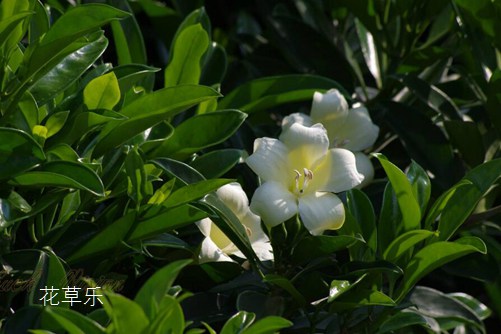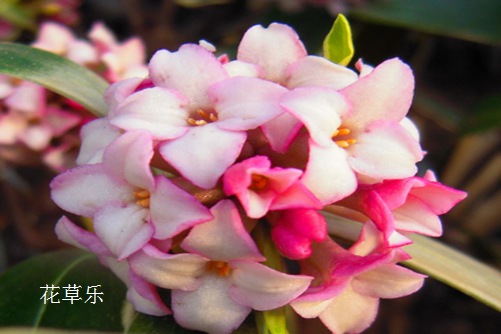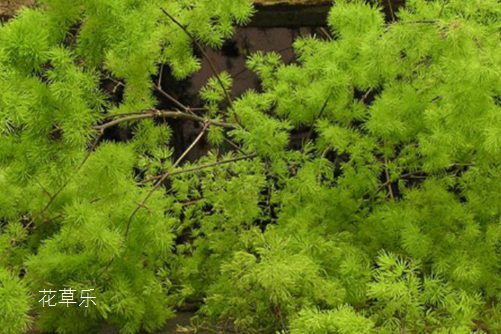What should African jasmine do when it comes to pests? just take a look at these.
African jasmine is suitable for indoor plants, easy to adapt to any environment, easier to feed, and African jasmine generally do not have diseases and insect pests, but occasionally occur, so what diseases and insect pests may occur? how should we deal with them when they occur?
What should African jasmine do when it comes to pests? just take a look at these.

1. Common diseases and insect pests of African jasmine: anthrax
Anthracnose mostly occurs on twigs and leaves, and the diseased leaves will appear nearly round to irregular sunken spots, and there will be many small black particles, which can be simply understood as a tool for germs to reproduce the next generation.
In fact, the prevention and treatment is very simple. In the early stage of the onset of African jasmine, spraying 50% carbendazim wettable powder 800 times and 25% chlorothalonil wettable powder 800 times, spraying alternately once every 10 days, 3 to 4 times in a row.
Two: sunburn
Sunburn often occurs in summer because it is not properly shaded at noon in summer, tender and young leaves are easy to burn when exposed to light for a long time, which is characterized by gray or light white burn spots on the leaves. The spots gradually deteriorated, causing the leaves to fall off and the whole plant to wither.
When it comes to prevention and control, we must pay attention to shading, when the summer sun is strong, pay attention to the change of position. When the weather is hot or dry, it is necessary to appropriately increase the number of watering times and the amount of water, and sprinkle more water to the leaves if necessary. For the plants that have been burned, they should be placed under the shade in time, the burned leaves should be cut off, and the management of water and fertilizer should be strengthened so that the plants can return to health as soon as possible.
Three: insect pests
African jasmine pests are rare, but they occur occasionally. For example, the short-forehead negative locust, when the pest occurs, will cause more holes or defects in the leaves of the plant, so it should be promptly sprayed with 800 times of trichlorfon crystal solution to eliminate it.
Second, what about African jasmine worms? 1. Short-forehead negative locust
Its damage peak is in autumn, the adult's body length is 21-25 mm, the body color is green or brown, and it will feed on the leaves of African jasmine. It is one of the most harmful pests in the prevention and control of African jasmine diseases and insect pests. It will cause holes and gaps in the leaves, which will affect the beauty very much.
Control methods: (1) even if withered leaves and weeds are removed in autumn and winter; (2) the solution of trichlorfon crystal with sandblasting concentration of 90% will kill the negative locust in time; ⑶ will strengthen the maintenance in the later stage.
two。 Slug
African jasmine has silver stripes on its leaves and white eggs at the base in summer. Slugs usually come out at night to feed on young leaves, and the insect source is hidden in the soil or at the base.
Prevention and control measures: (1) disinfect the basin soil before putting it on the pot, which can be exposed to the sun; (2) move the African jasmine to the sun, which can kill the slug in direct sunlight for more than 3 hours.
Concluding remarks
These are the solutions to African jasmine diseases and insect pests. In fact, plant pests are not so terrible. If you master the methods, you can easily deal with them. Have you learned what you said above?
Time: 2019-04-24 Click:
- Prev

Come and see, what if your cute little Phnom Penh Ruixiang is sick? Common diseases and control of Phnom Penh Daphne odora
Phnom Penh Daphne is a valuable variety of flowers, although the growth is extensive, but it is also relatively delicate. As the saying goes: breeding is easier than breeding, if you do not pay attention to breeding, it is easy to die. Check it out. What if your cute little Phnom Penh Ruixiang is sick?
- Next

What if the leaves of Penglai pine turn yellow? Knowing this, your Penglai pine will be green all the year round.
Penglai pine has a quiet temperament, is a highly ornamental family breeding bonsai, it is evergreen, luxuriant branches. And because it is more leather and solid, the breeding method is also relatively simple, so it is deeply loved by flower friends. Many flower lovers are in the process of raising Penglai pine.
Related
- Fuxing push coffee new agricultural production and marketing class: lack of small-scale processing plants
- Jujube rice field leisure farm deep ploughing Yilan for five years to create a space for organic food and play
- Nongyu Farm-A trial of organic papaya for brave women with advanced technology
- Four points for attention in the prevention and control of diseases and insect pests of edible fungi
- How to add nutrient solution to Edible Fungi
- Is there any good way to control edible fungus mites?
- Open Inoculation Technology of Edible Fungi
- Is there any clever way to use fertilizer for edible fungus in winter?
- What agents are used to kill the pathogens of edible fungi in the mushroom shed?
- Rapid drying of Edible Fungi

